
Great array of photos taken yesterday at DeKorte park by Dave McClure, who captured some of our returning friends. Thanks Dave!







Great array of photos taken yesterday at DeKorte park by Dave McClure, who captured some of our returning friends. Thanks Dave!





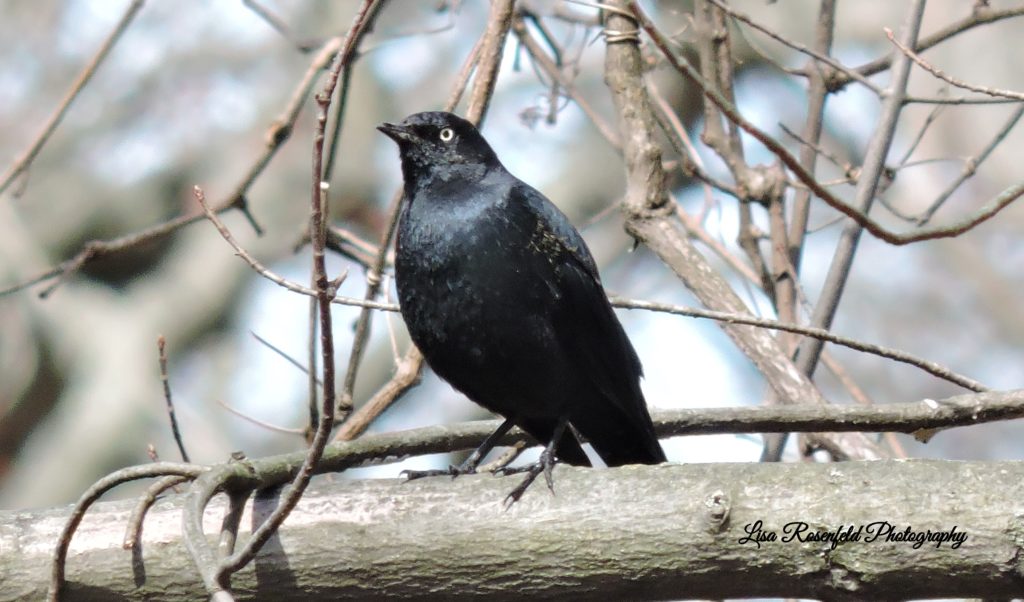
Maybe it’s because it just seems so ordinary and almost always goes unnoticed, or maybe it’s the unassuming presence or its inconspicuous beauty. Or perhaps it’s because its numbers have been drifting away from us, insidiously, without a warning sign or even an online petition demanding its return. These are all possible reasons that the Rusty Blackbird has taken a piece of my heart and captured my soul.
In places like Losen Slote Creek in Little Ferry, Schmidt’s Woods in Secaucus and Teaneck Creek, habitats that are becoming as rare as the Blackbird itself, Rustles still forage along the wetland forest floor and gather in tree tops to begin their Spring journey, providing the woodlands with a unique, squeaky, rusty hinge call of this allusive magical blackbird as it readies its return to the north woods.
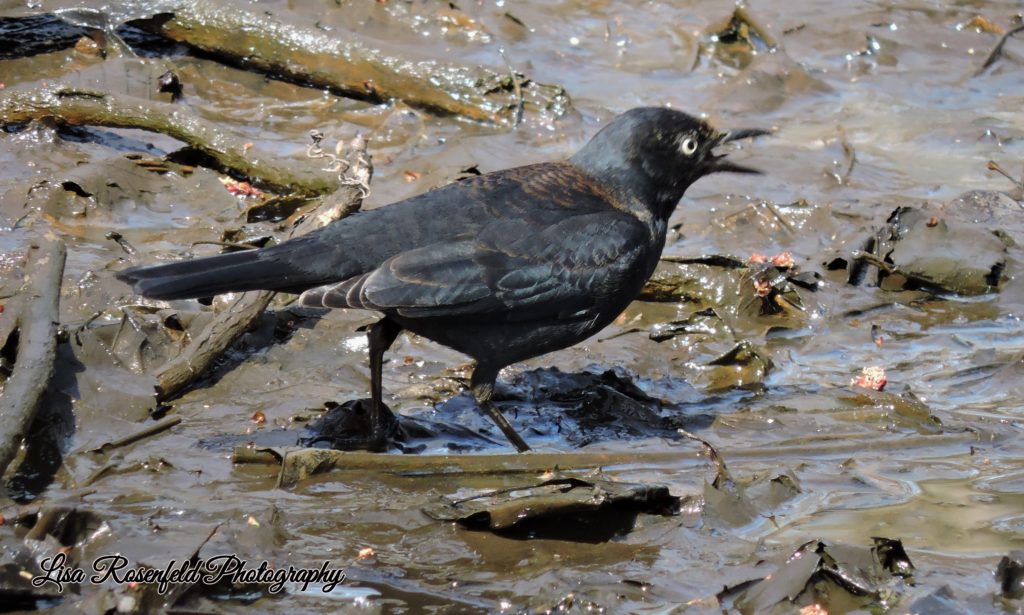
As an old birding colleague once told me, “its tough getting people excited and to care about a blackbird.” But as soon as I knew what a Rusty was and learned about its mysterious plight I became enthralled with its presence and deeply concerned about its very uncertain future.
We have been privileged in our lifetime to witness the return of the Osprey, Peregrine Falcon and the symbol of our country, the Bald Eagle make triumphant returns from the brink of extinction. But the Rusty lacks a press agent and gets little fanfare regarding its struggle to survive. However, that does not lessen the fact that it is still just as perfect and magnificent and now even more vulnerable and in serious trouble and could certainly use our help.
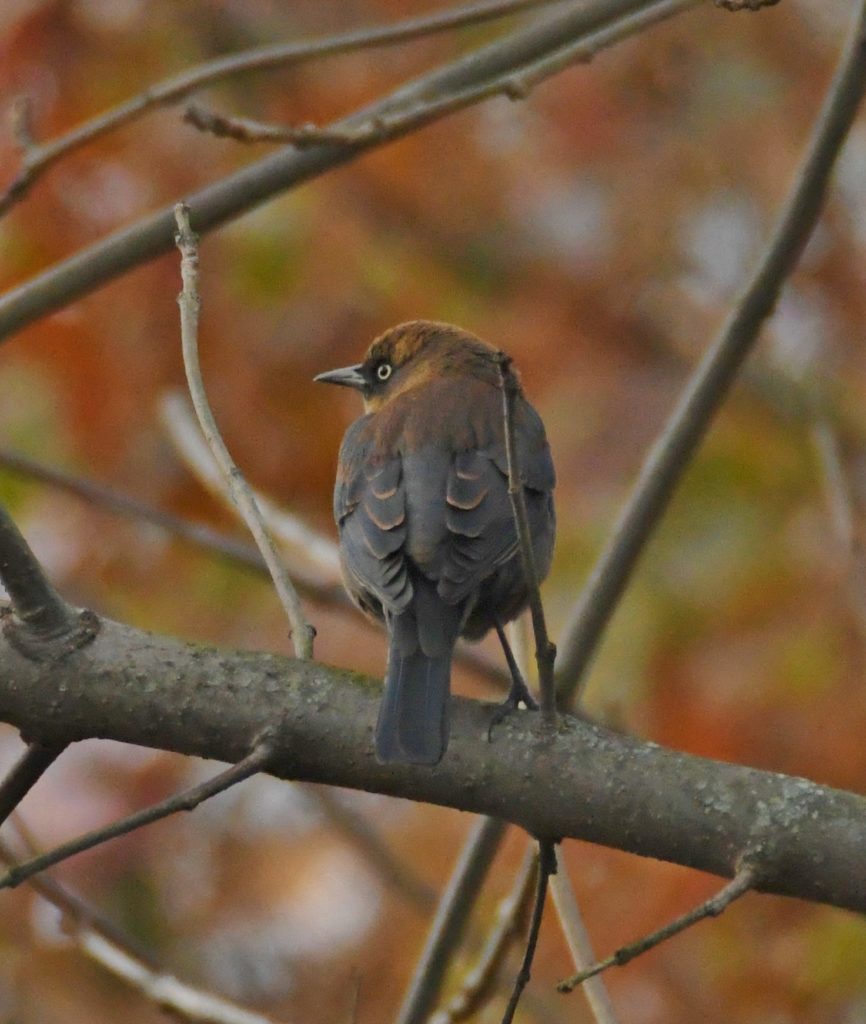
The Rusty Blackbird numbers have been on the decline for more than 40 years, from an estimated 13 million in 1965 to 2 million in 2004, a more than 10 percent a year decrease with no end in sight. And maybe just as frightening is that the reasons for their declines are not understood.
Exactly how to help the Rusty Blackbird is complicated and the experts are not sure where to start. Scientists’ theories on the dramatic decline of the Rusty Blackbird range from decline of beaver ponds, acid rain and mercury accumulation on the breeding grounds to possible changes associated with global warming as their breeding ground in the boreal forests in the north continues to dry up. To make matters worse Rusty Blackbirds sometimes can fall victim to lethal “blackbird control” programs which were more prevalent in the 60’s and 70’s but still continue today, a practice which kills any blackbird regardless of species.
Rusty Blackbirds which can be seen in our area from late fall through April can be easily confused with Grackles or even Red-winged Blackbirds, so keeping a close eye on the field marks is important for a positive ID. In winter, male Rusty Blackbirds are recognized by their rusty feather edges, pale yellow eyes and buffy eyebrows. Females are gray-brown; they also have rusty feather edges, pale eyes and a bold eyebrow, contrasting with darker feathers right around the eye. Breeding males are dark glossy black.
And as it always does for any species in decline much comes down to habitat loss. The Rusty Blackbird’s wintering habitat is also vanishing and that is why preserving wooded wetlands in our area becomes so important to helping these birds hang on and survive.

Rusty Blackbirds prefer bogs, ponds, swamps, and slow streams and seek out wet areas to feed at the water’s edge for invertebrates and tiny fish, sometimes even wading in the water as they hunt throughout their migration route.
In winter they forage in swamps and wet woodlands and can also visit your backyard bird feeder as many bird feeder reports come in as the wild food disappears. Although wooded wetlands are disappearing in our area don’t disregard looking for them in a local patch of woods near your home as they try their best to find food for the arduous journey ahead
Around this time of year, every year I say goodbye to the Rusty Blackbirds and with my very downhearted but still hopeful farewell my heart is in my throat as I listen for their shrill call and watch the for last of them moving through the woodlands, worrying about what will happen to them as they migrate north .
Will I see them again next fall? Will there be less of them? We can only be sure that the Rusties will never give up their fight to survive. We can do our part by doing all we can to save important habitat, fight climate change, and keep our waterways clean and healthy.
You can help the Rusty Blackbird by reporting them to E-bird at www.ebird.org
For more on the Rusty Blackbird go to https://www.audubon.org/field-guide/bird/rusty-blackbird


Great news from the Bergen County Audubon Society: WE ARE VERY PROUD TO WELCOME JERSEY CITY ! You are the latest area to be added to the Bergen County Audubon Society family ! National Audubon has just granted us the jurisdictional area so if you are member of National Audubon Society you now also belong to BCAS !!! so please keep in touch with us http://bergencountyaudubon.org/

Check out these fantastic photos by Roberto Melendez of a Tree Swallow claiming its new home in the form of a nesting box installed by the NJSEA around DeKorte Park last week. Soon we’ll be seeing hundreds of these photogenic migratory species around the Meadowlands!
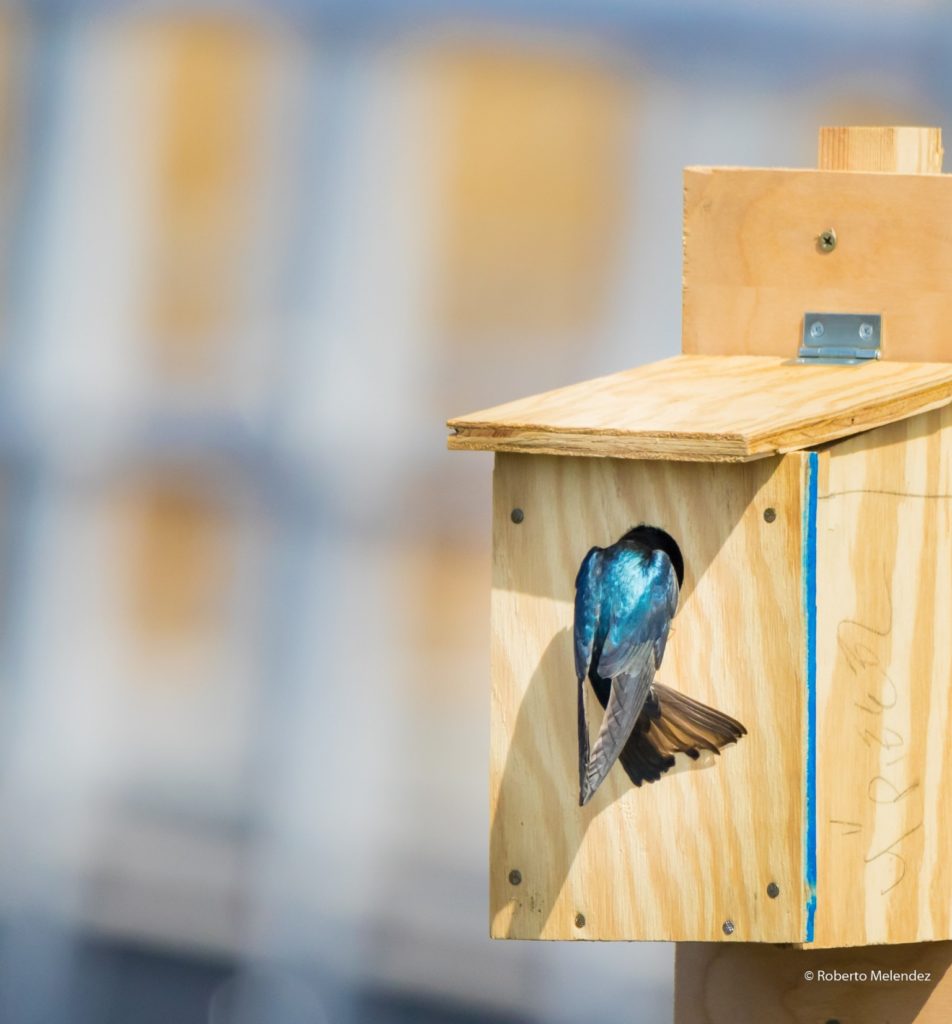
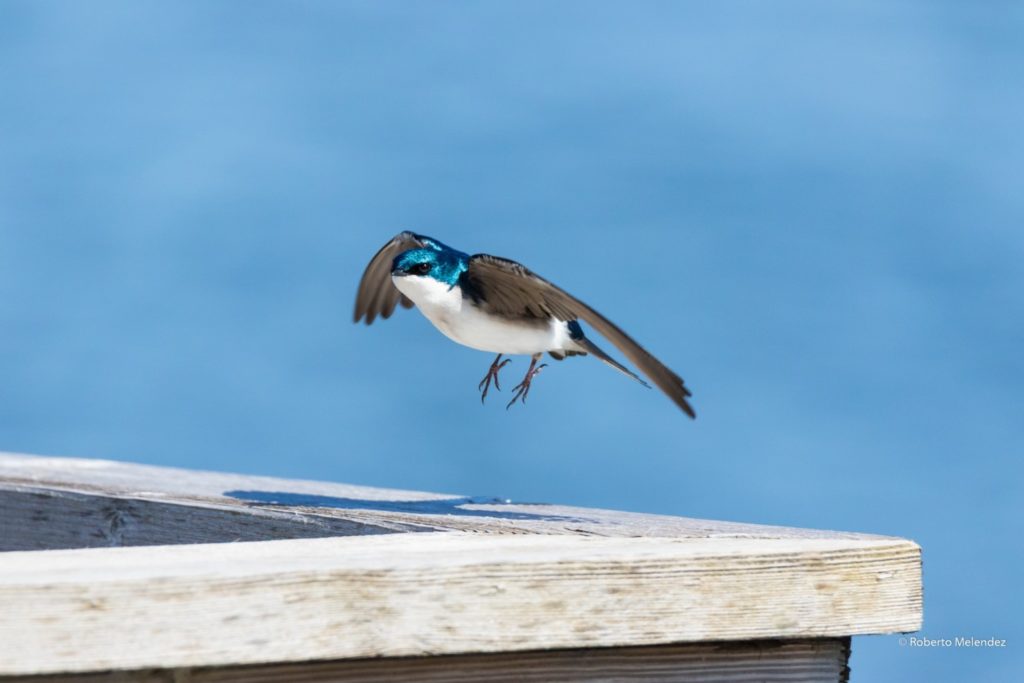
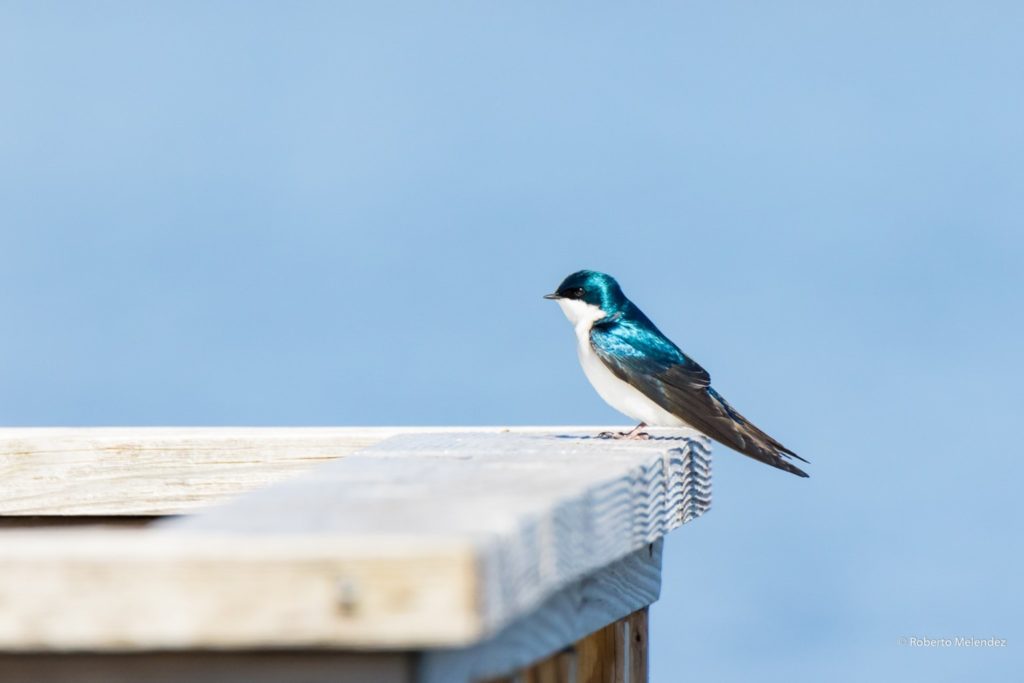


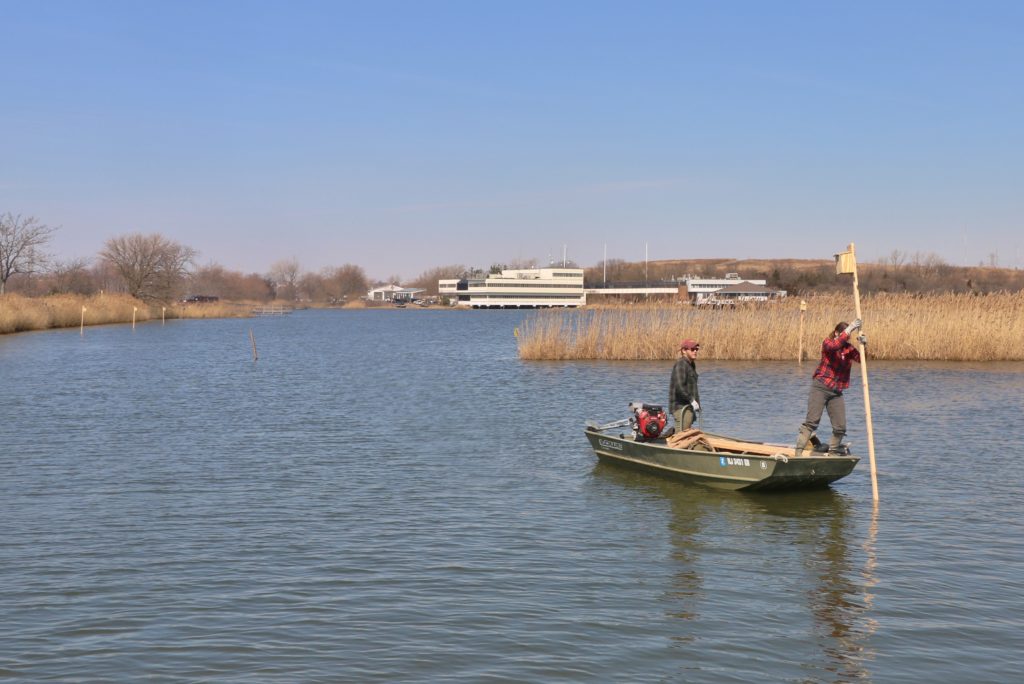
Last Wednesday, fittingly on the first day of Spring, NJSEA staff installed Tree Swallow boxes around DeKorte Park. And, as you can see below, the migratory birds were quick to claim their seasonal homes!
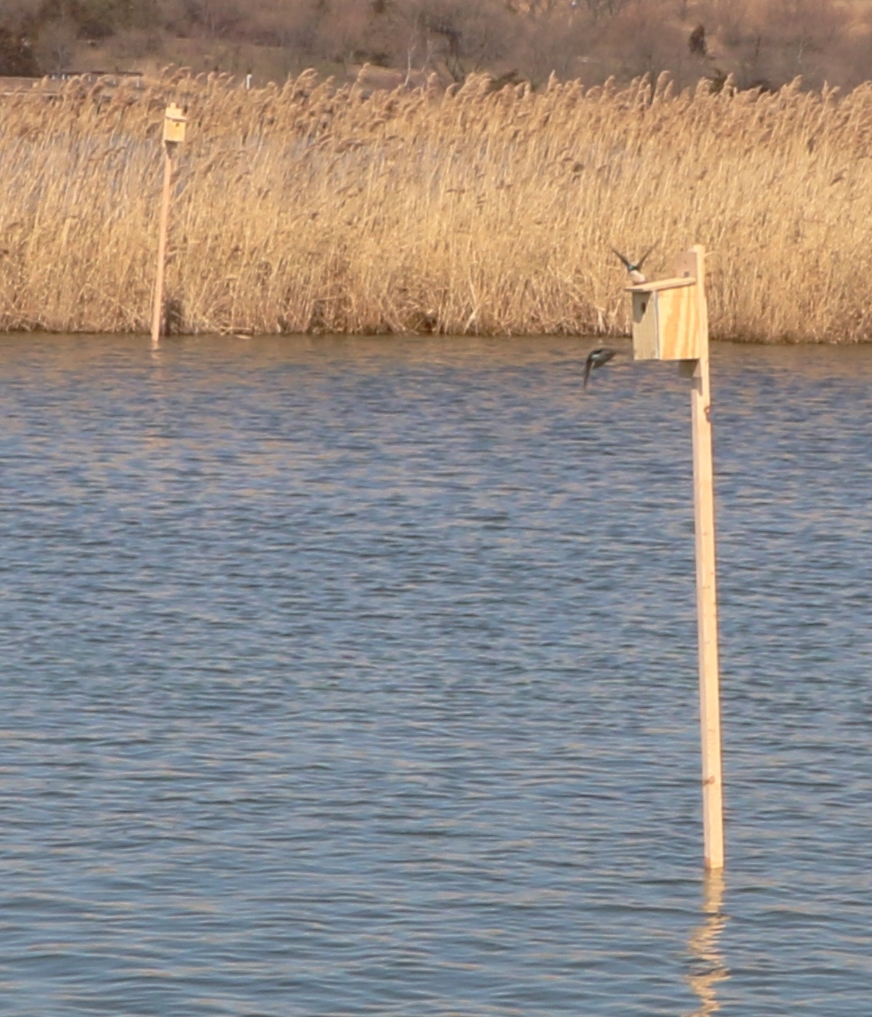
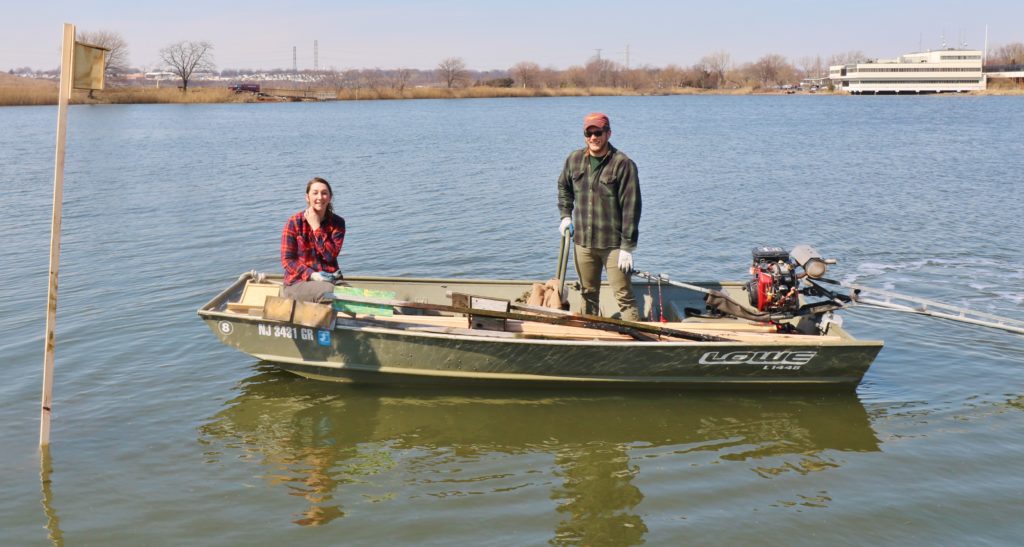

Wonderful story in today’s Record by Jim Wright on why we watch birds. Check it out here

Thanks to Dave McClure for these cool photos of a Tufted titmouse taken during the BCAS walk at Schmidt’s Woods in Secaucus yesterday. Also included is a Song Sparrow Dave photographed at DeKorte Park.


